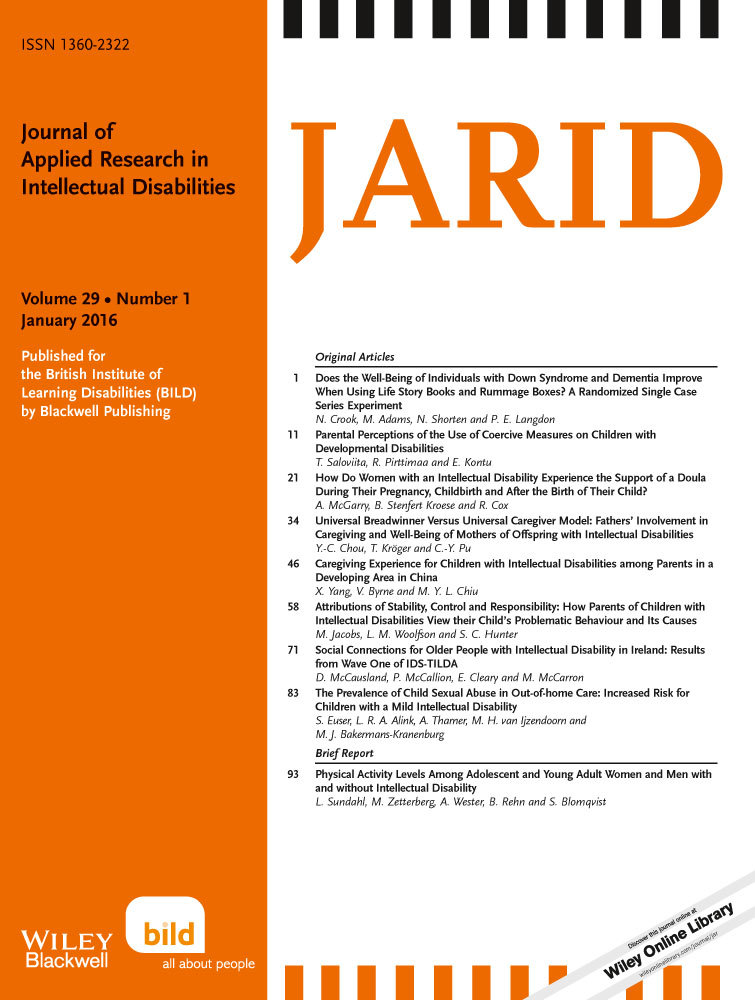Physical Activity Levels Among Adolescent and Young Adult Women and Men with and without Intellectual Disability
Abstract
Background
As physical activity can prevent overweight and promote general health, the aim was to investigate the amount of physical activity among adolescent and young adult women and men with intellectual disability (ID), compared to age-matched control groups without intellectual disability. A further aim was to examine whether physical activity level was associated with the body mass index (BMI).
Materials and methods
Fifty-two adolescent and young adult women and men with intellectual disability and 48 without intellectual disability, between the ages 16 and 20 years, BMIs ranging from 16.3 to 50.3 kg/m2, were measured for number of steps taken with a pedometer for five consecutive days (Sunday–Thursday).
Results
The only group to meet recommendations regarding number of steps (10 000–12 000/day) was women without intellectual disability. No significant associations were found between total number of steps taken and BMI.
Conclusion
As the majority of adolescents and young adults with intellectual disability, especially women, did not reach recommended activity levels regardless of their BMIs, this call for broad measures to increase physical activity.




